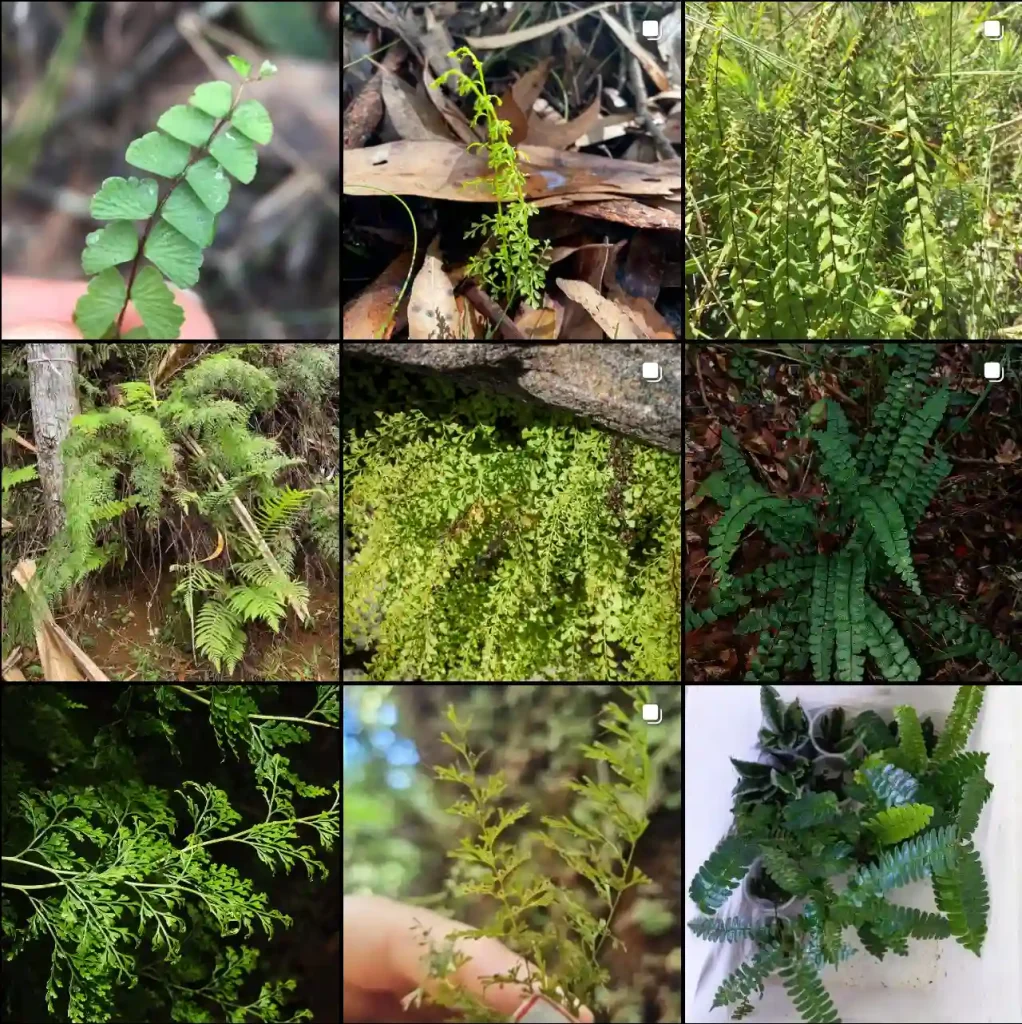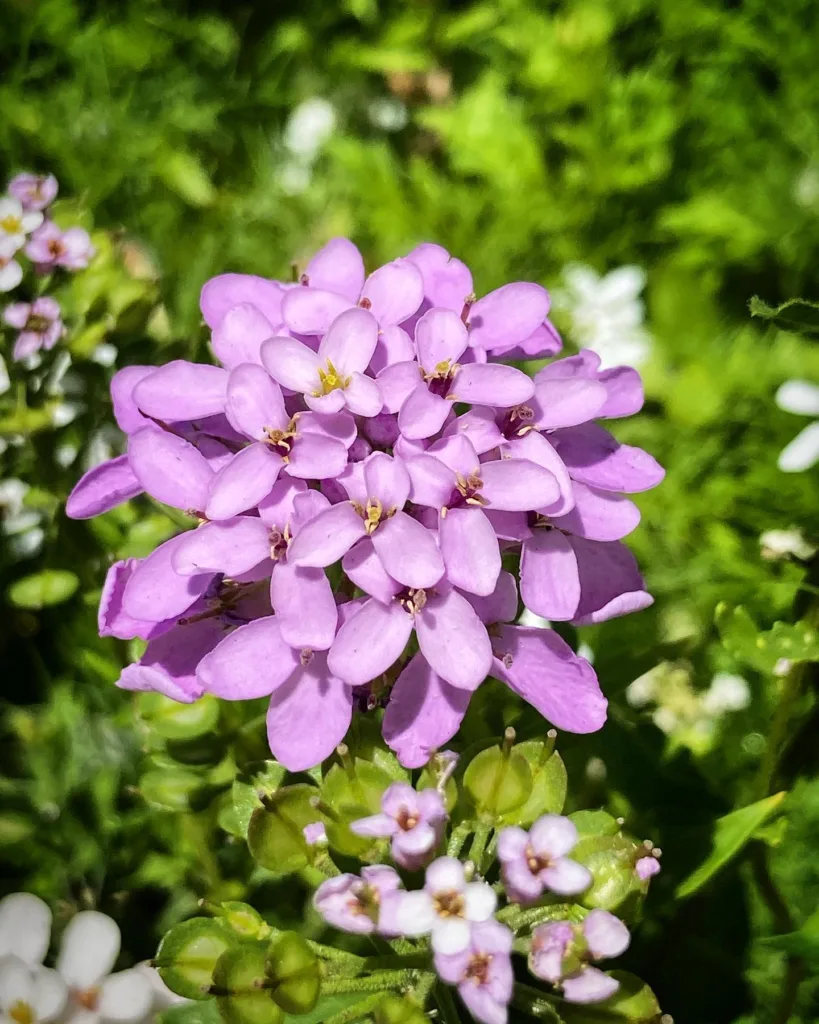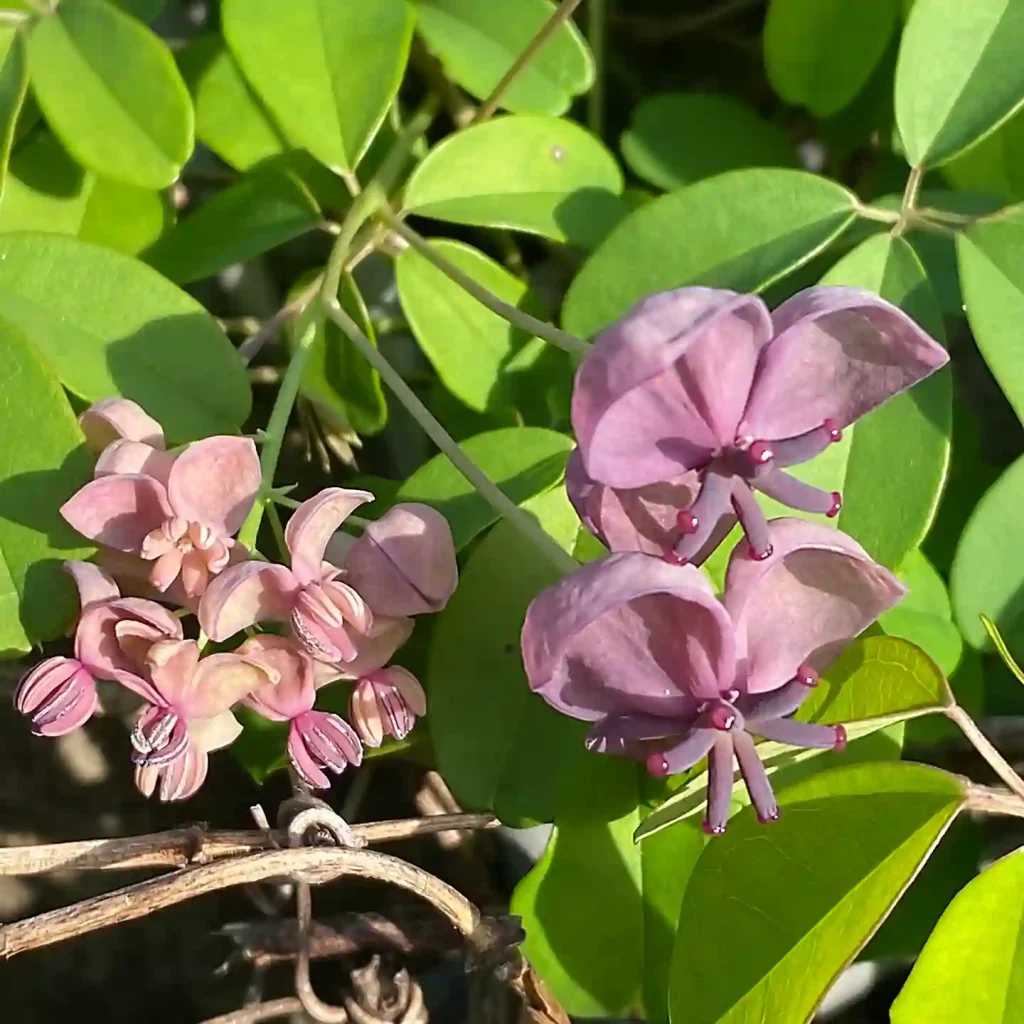Urena: A Wanderer’s Guide to a Tenacious Genus
My name is Ferb Vu, and I’ve always been fascinated by the resilience of the natural world. Plants, in particular, have a way of thriving in the most unexpected places. Take the genus Urena, for example. These tough, fibrous plants pop up in tropical and subtropical regions all over the globe. I’ve encountered them on roadsides, in abandoned fields, and even pushing through cracks in city sidewalks. They’re survivors, these Urena, and their tenacity has earned my respect.
Unraveling the Urena Lineage
Urena belongs to the Malvaceae family, which puts it in the company of familiar plants like hibiscus and cotton. Like its relatives, Urena boasts beautiful flowers, often in shades of pink or mauve. But don’t let the delicate blossoms fool you. These plants are built for endurance. Their stems are tough, their leaves are often covered in tiny hairs, and their seeds are equipped with hook-like structures that cling to anything that brushes past. This is a plant that knows how to spread and how to stay put.
Now, let’s dive into the specifics. Here’s a list of the species currently recognized within the Urena genus:
- Urena armitiana: This species is a shrubby plant known for its small pink flowers and is native to certain regions in Australia.
- Urena australiensis: Found mainly in northern Australia, this species produces small, bright pink to purple flowers and grows in open woodlands.
- Urena lobata: Commonly known as Caesarweed, it’s widely distributed in tropical areas and features lobed leaves and pink or lavender flowers.
- Urena pedersenii: This rare species is native to Argentina and distinguished by its small, clustered pink flowers and low-lying growth habit.
- Urena procumbens: Known for its sprawling growth, this species has small, attractive pink flowers and is commonly found in tropical regions.
- Urena repanda: Recognizable by its deeply lobed leaves, it grows in tropical habitats and produces soft pink blooms.
- Urena rigida: This species features rigid stems and pink-purple flowers, often found in dry or sandy tropical areas.
Of these, Urena lobata is the most widespread and the one I encounter most frequently. It’s a bit of a globetrotter, this Urena lobata. Originally from Asia, it has now naturalized across Africa, the Americas, and Australia. You could say it’s made itself quite at home.
Uses and Challenges
In some parts of the world, Urena lobata is considered a weed. It can be quite aggressive, and its clinging seeds can be a nuisance. But it’s also a valuable resource. The strong fibers from its stems have been used to make rope, sacking, and even coarse clothing. In some cultures, the leaves and flowers are cooked and eaten, particularly during times of scarcity. And traditional medicine makes use of various parts of the plant for their purported healing properties.
I’ve personally experimented with Urena lobata fibers, twisting them into cordage. It’s surprisingly strong and durable. I can see why people have relied on this plant for practical purposes for centuries.
A Closer Look
When I come across an Urena plant, I take the time to observe its intricate details. The leaves, often lobed, have a distinctive gland at the base of the central vein. The flowers, with their five petals, are delicate and subtly beautiful. And the fruits, those little capsules covered in hooked spines, are marvels of engineering. They’re designed to hitchhike on animal fur or clothing, effectively expanding the plant’s territory.
Conservation and the Future
While Urena lobata is widespread and adaptable, some of its lesser-known relatives may be more vulnerable to habitat loss and environmental changes. It’s important to remember that even the toughest plants need our protection. By appreciating and understanding the diversity within the Urena genus, we can contribute to its continued survival.
For me, Urena serves as a reminder of nature’s resilience and ingenuity. It’s a plant that has adapted to thrive in a variety of conditions, offering valuable resources and demonstrating the interconnectedness of life on Earth. I’ll continue to observe and learn from this fascinating genus, appreciating its beauty and respecting its tenacity.
If i die, water my plants!



